
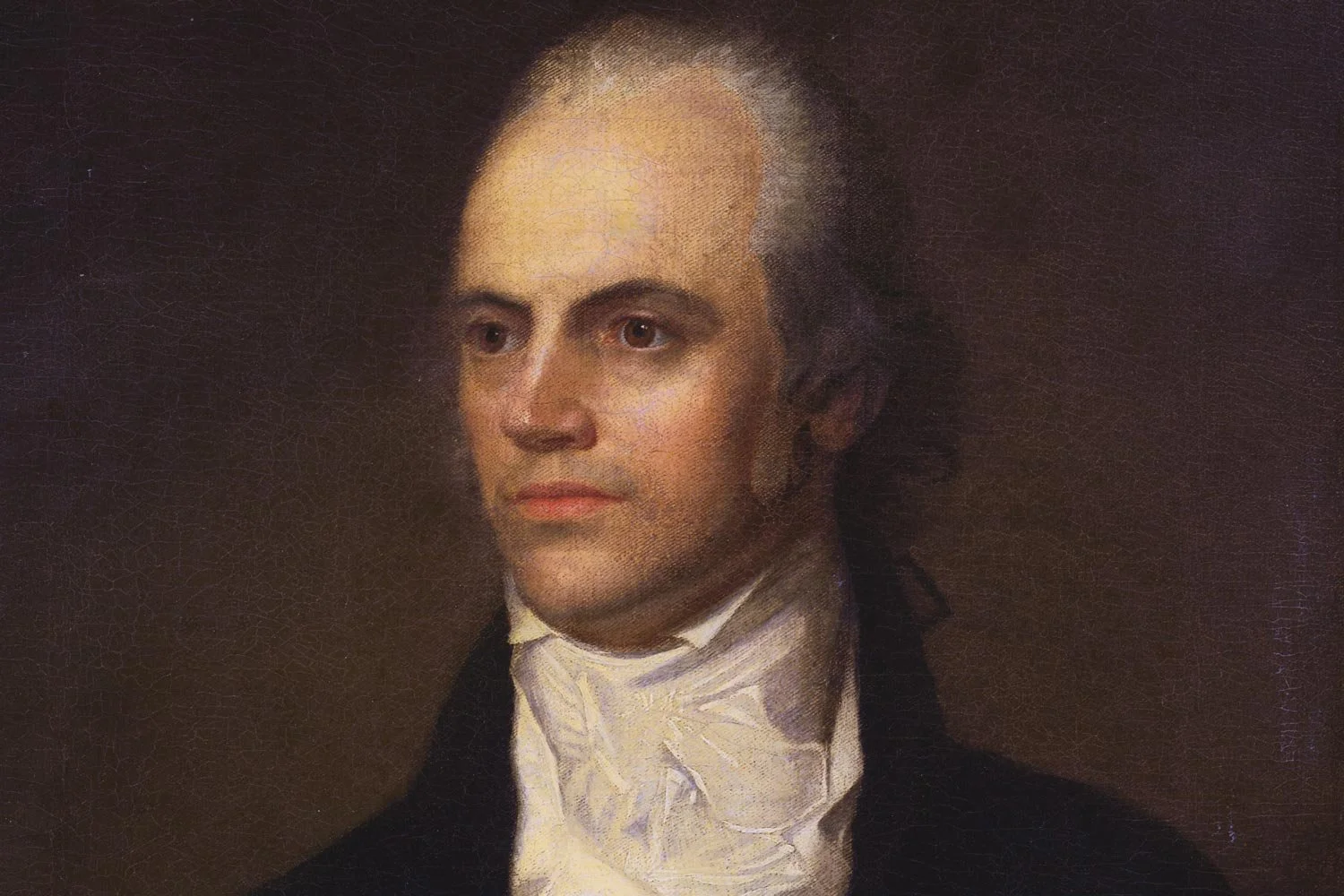
American Judiciary, Part 10: The Treason Trial of Aaron Burr
Aaron Burr's grand scheme to create his own country, possibly in Mexico or from United States territory, began to collapse late in 1806, practically before it ever got started. This empire in the sky built largely in Burr’s fertile mind was swiftly coming to an end.

American Judiciary, Part 9: The Burr Conspiracy
Aaron Burr was one of the most talented of our founding fathers, a Lieutenant Colonel in the Continental Army, an accomplished attorney in New York, a United States Senator, and the third Vice President. But Burr also happens to be the only sitting or former President or Vice President ever tried for treason in arguably the most important criminal trial in American history.
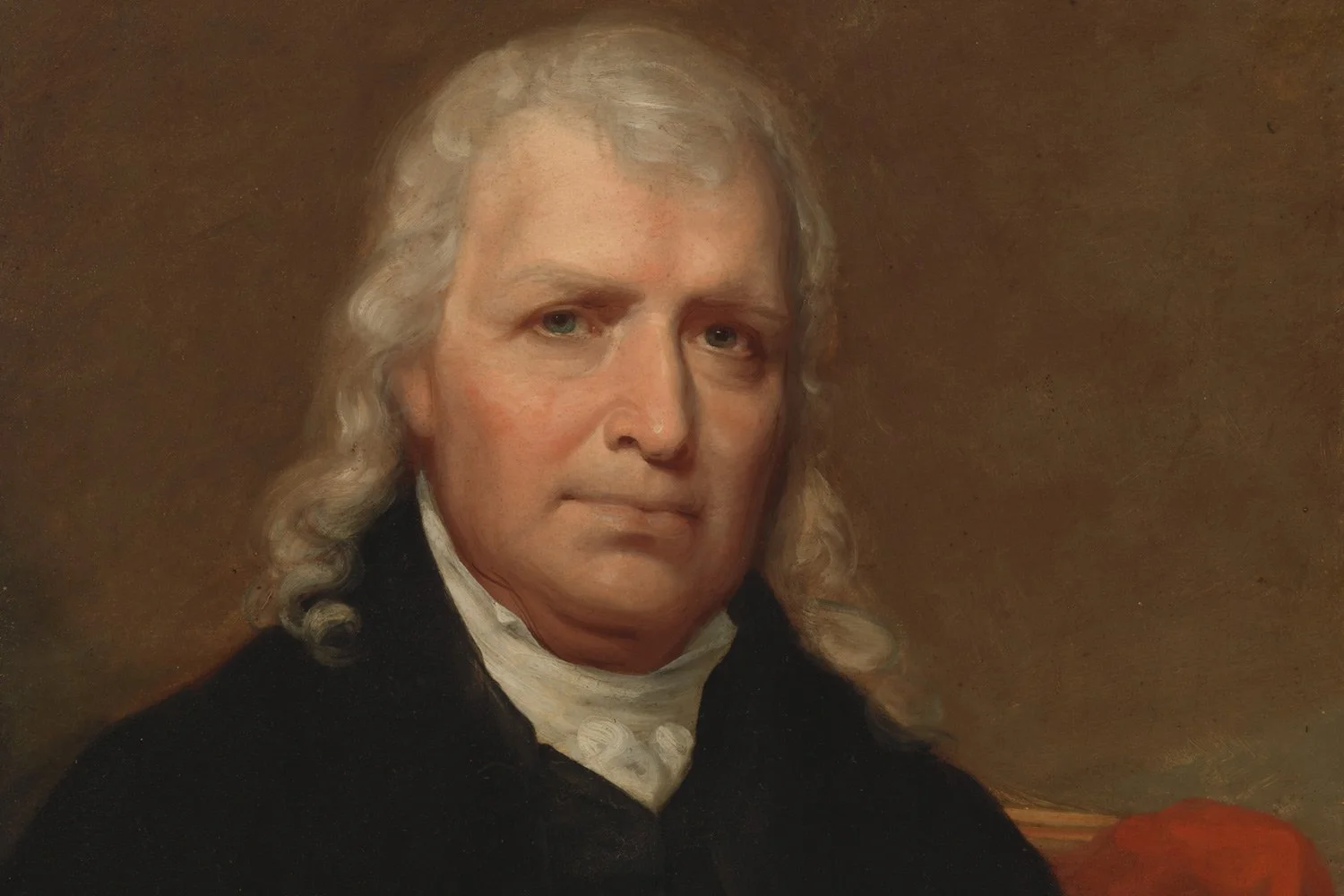
American Judiciary, Part 8: The Impeachment of Samuel Chase
There has been only one instance in our nation’s history of a United States Supreme Court Justice being impeached, and that occurred in 1804 during a significant political tussle over the independence and power of the judiciary. The justice in question was Samuel Chase and his alleged crimes seem trivial in retrospect, but Chase was simply a pawn in an ongoing battle of wills between two American icons, President Thomas Jefferson and Chief Justice John Marshall that took place in the early 1800s. And the decision reached in his case would have a profound impact on the future of the country.
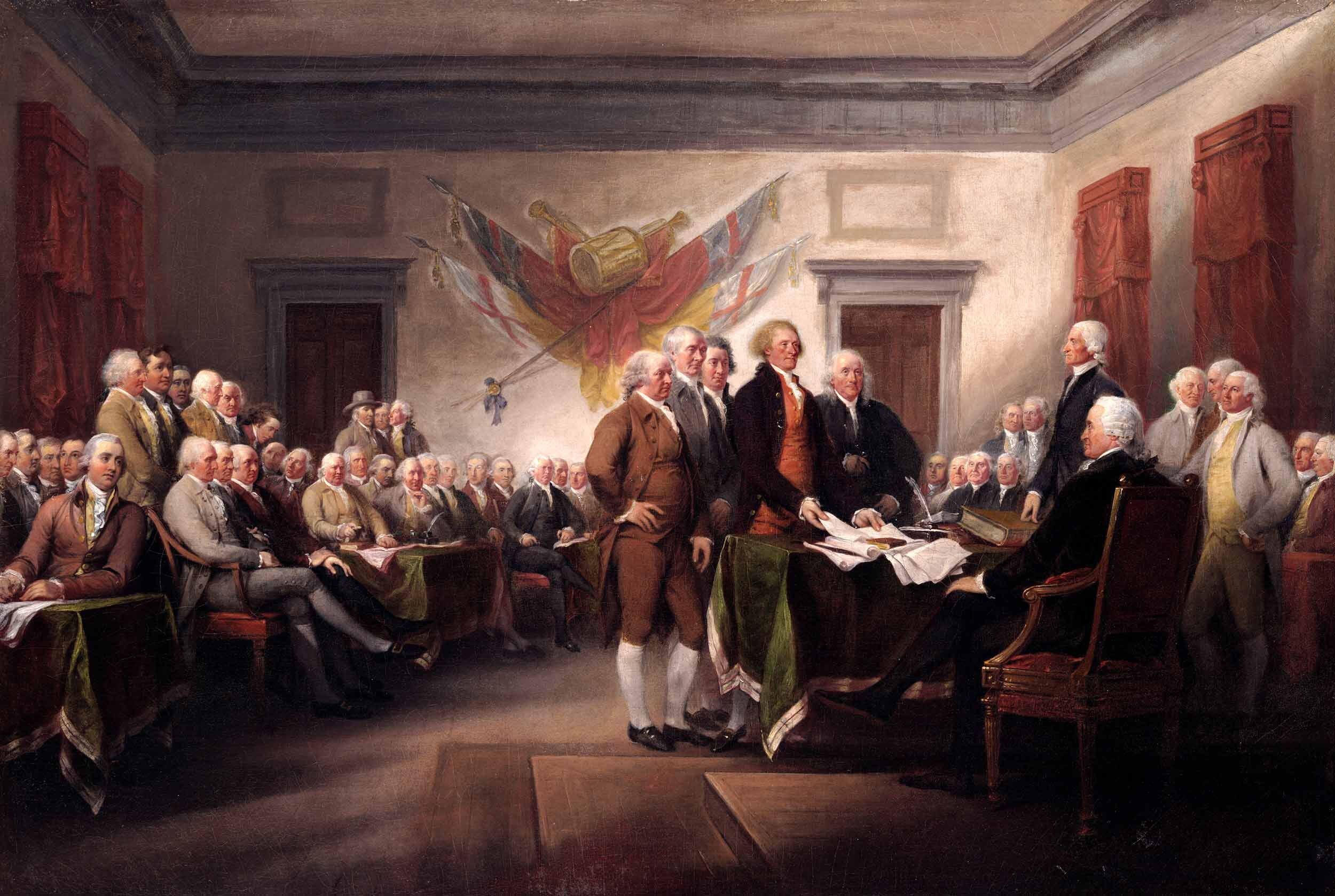
An Expression of the American Mind
On May 15, 1776, the fifth Virginia Convention meeting in Williamsburg passed a resolution calling on their delegates at the Second Continental Congress to declare a complete separation from Great Britain. Accordingly, on June 7, Richard Henry Lee rose and introduced into Congress what has come to be known as the Lee Resolution.
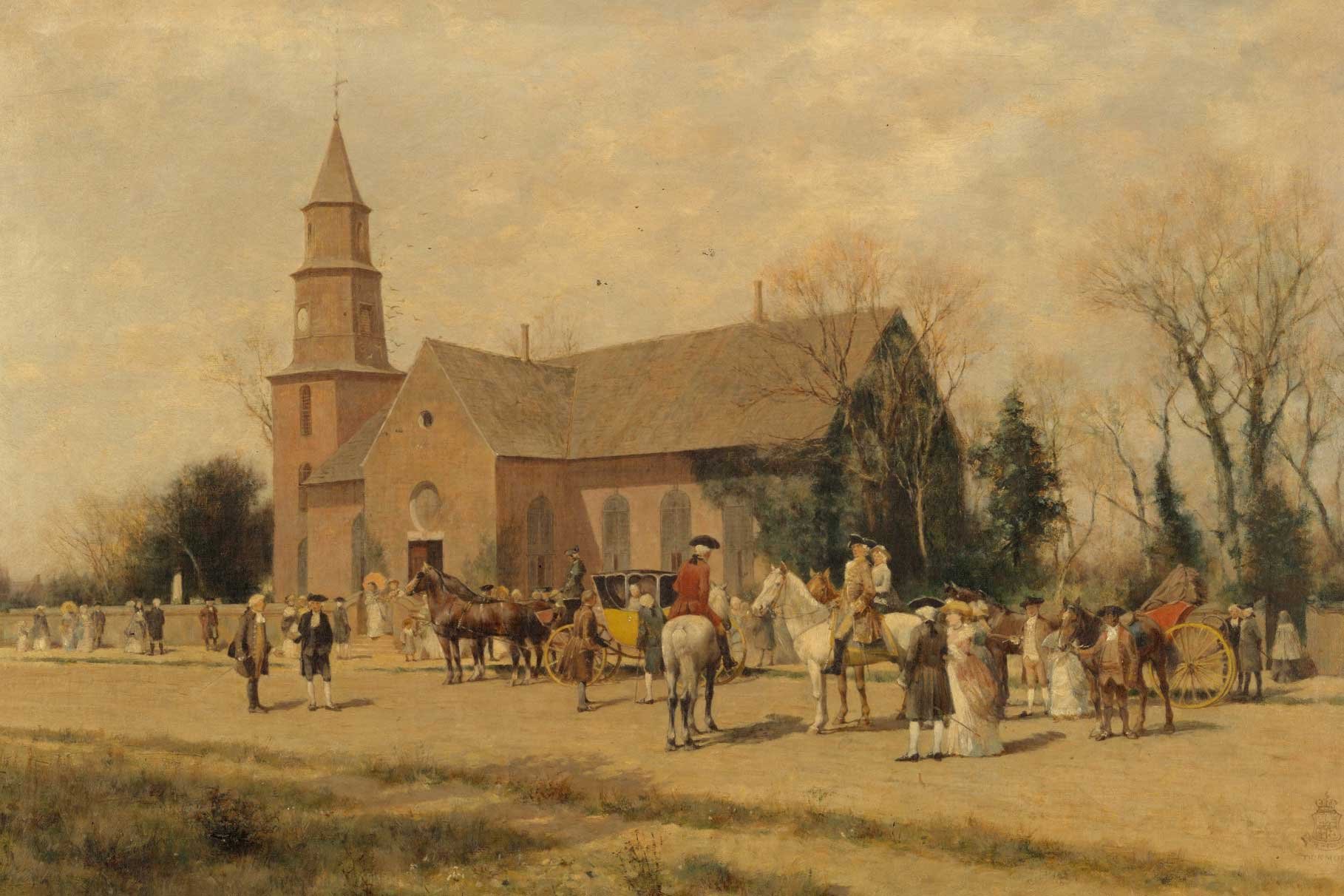
Thomas Jefferson’s “Summary View”
Thomas Jefferson’s revolutionary journey began in the 1760s and culminated in his masterfully written Declaration of Independence in 1776. But in between these events, Jefferson crafted one of the most impactful statements ever for American independence. Entitled A Summary View of the Rights of British America, it was perhaps the most logical assessment of the true relationship between Great Britain and her American colonies. The concepts Jefferson laid out had been refined and brought into focus following several dustups with Lord Dunmore, the new Royal Governor.
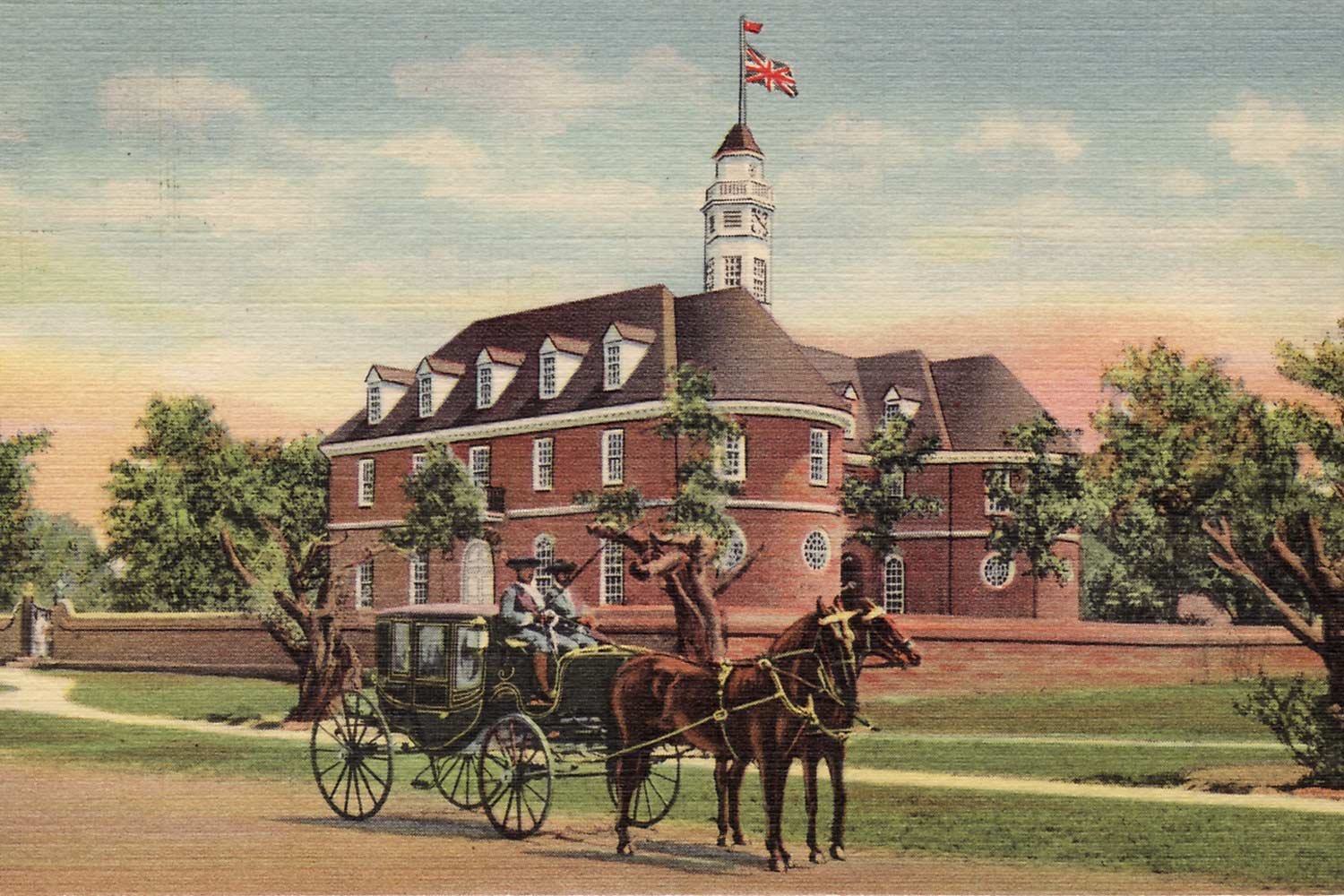
Thomas Jefferson, the Virginia Barrister
In 1765, Parliament passed the Stamp Act, the first internal tax on the American colonies, and thus began a decade of missteps by the British. Their miscalculations would take their country and their colonists on a direct path to Lexington Green and Concord Bridge on April 19, 1775. During this same year, Thomas Jefferson was concluding his time studying law under George Wythe and began to turn his eye towards the world at large and, more specifically, politics in the Colony of Virginia.
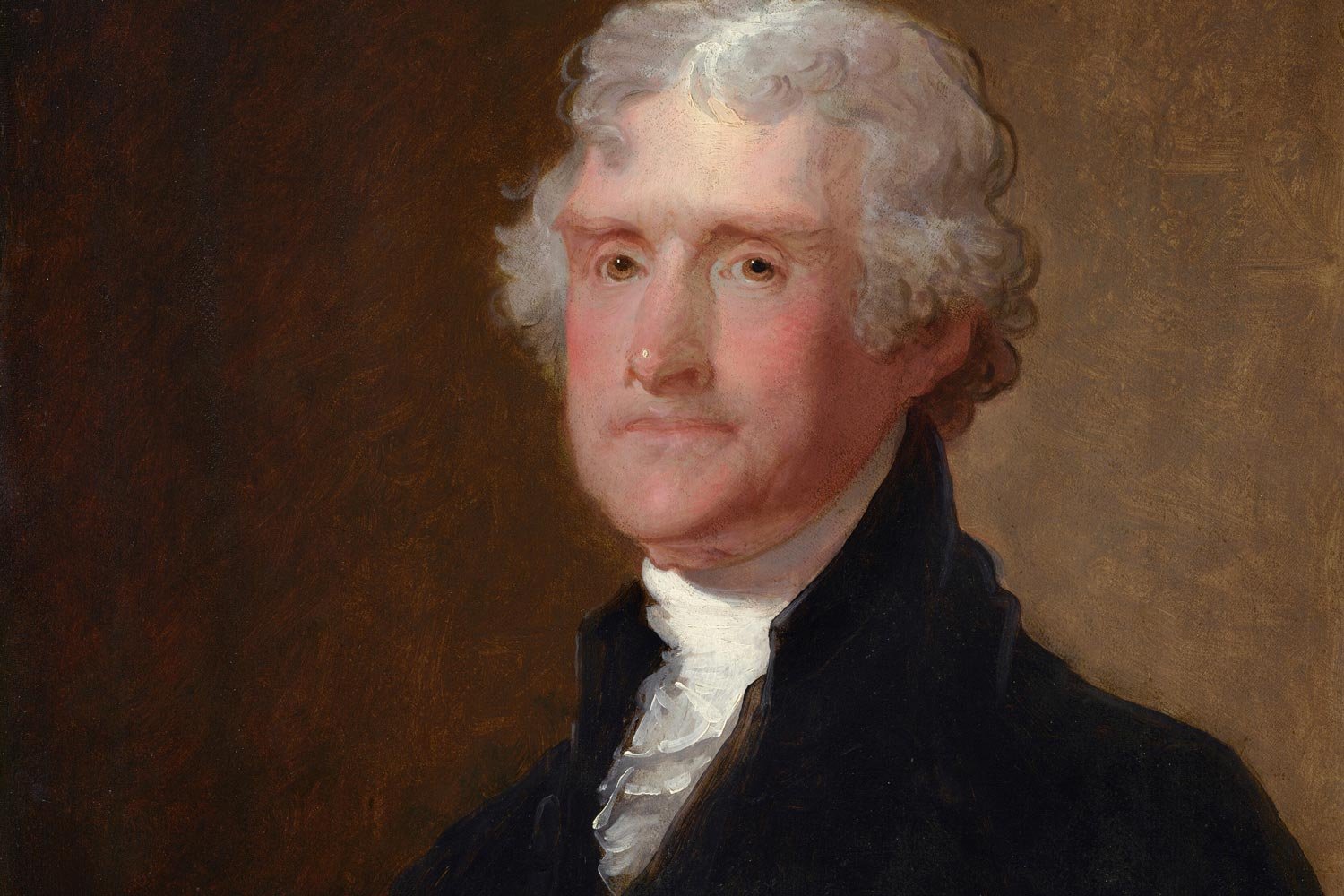
The Early Life of Thomas Jefferson
Thomas Jefferson is one of America’s most iconic Founding Fathers. Best known for his inspirational words in the Declaration of Independence, Jefferson was a brilliant man with diverse interests who spent the bulk of his life in service to his country and his later years in retirement at his beloved mountain home of Monticello, near Charlottesville, Virginia.
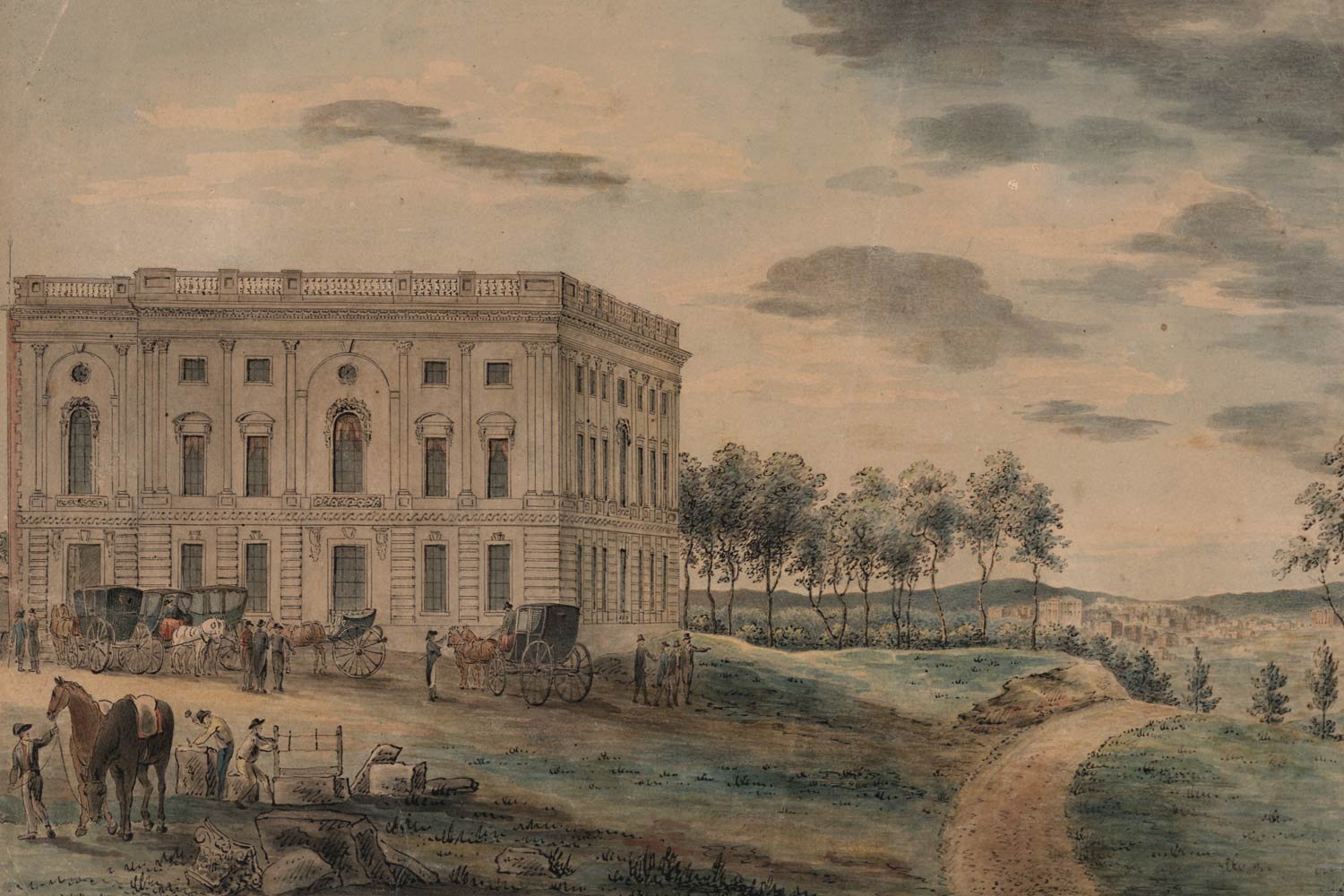
The House of Representatives Chooses Thomas Jefferson
The presidential election of 1800 ended in a tie, as the two Democratic-Republican candidates, Thomas Jefferson and Aaron Burr, each received 73 electoral votes under the original guidelines of the Constitution.
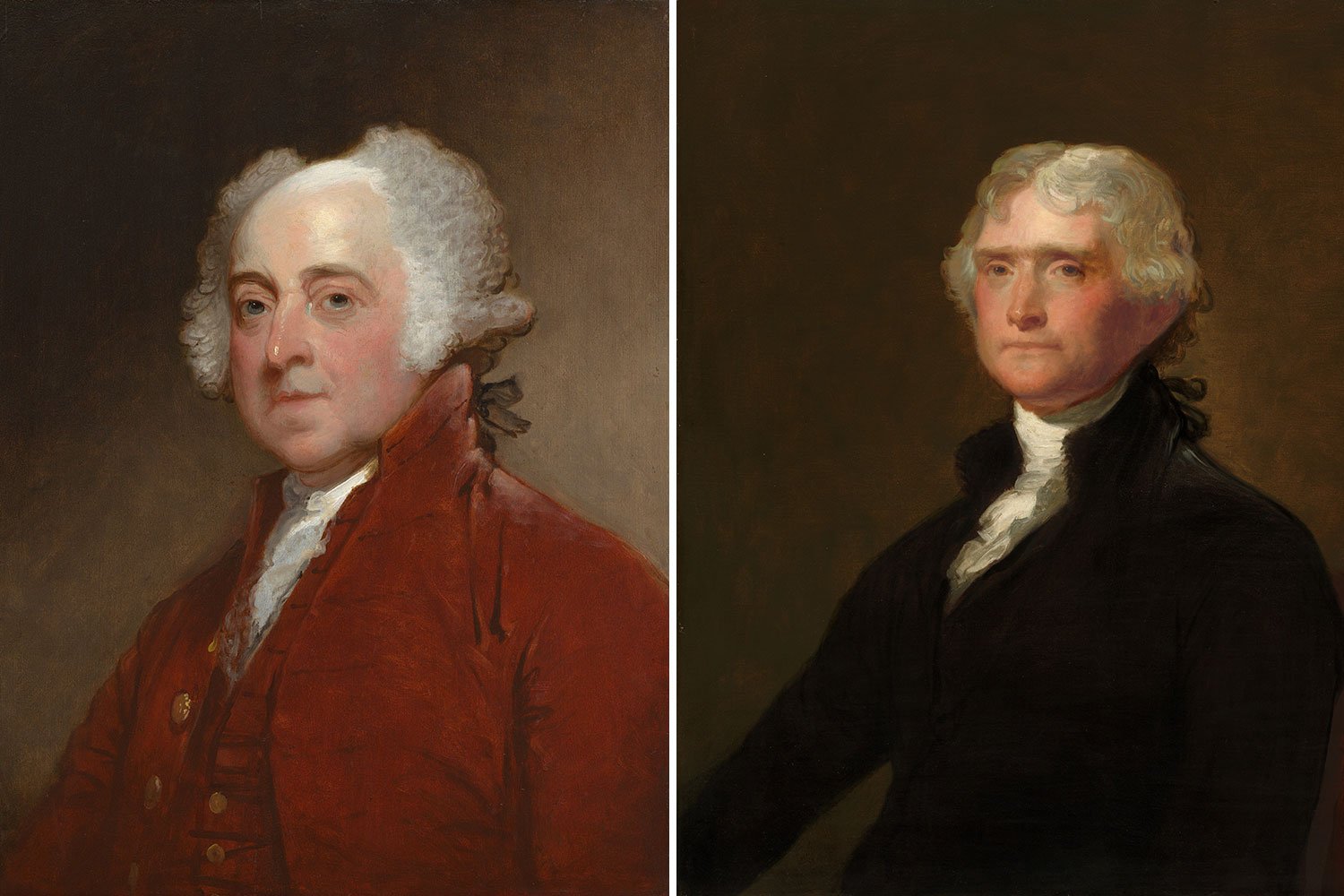
The Election of 1800
The Presidential election of 1800 was one of the most controversial and consequential in the history of the United States. It represented a true changing of the guard as the Federalist party of Washington, Hamilton, and Adams gave way to the Democratic-Republican ideals of Jefferson and Madison and took the United States in a different direction for a generation to come.
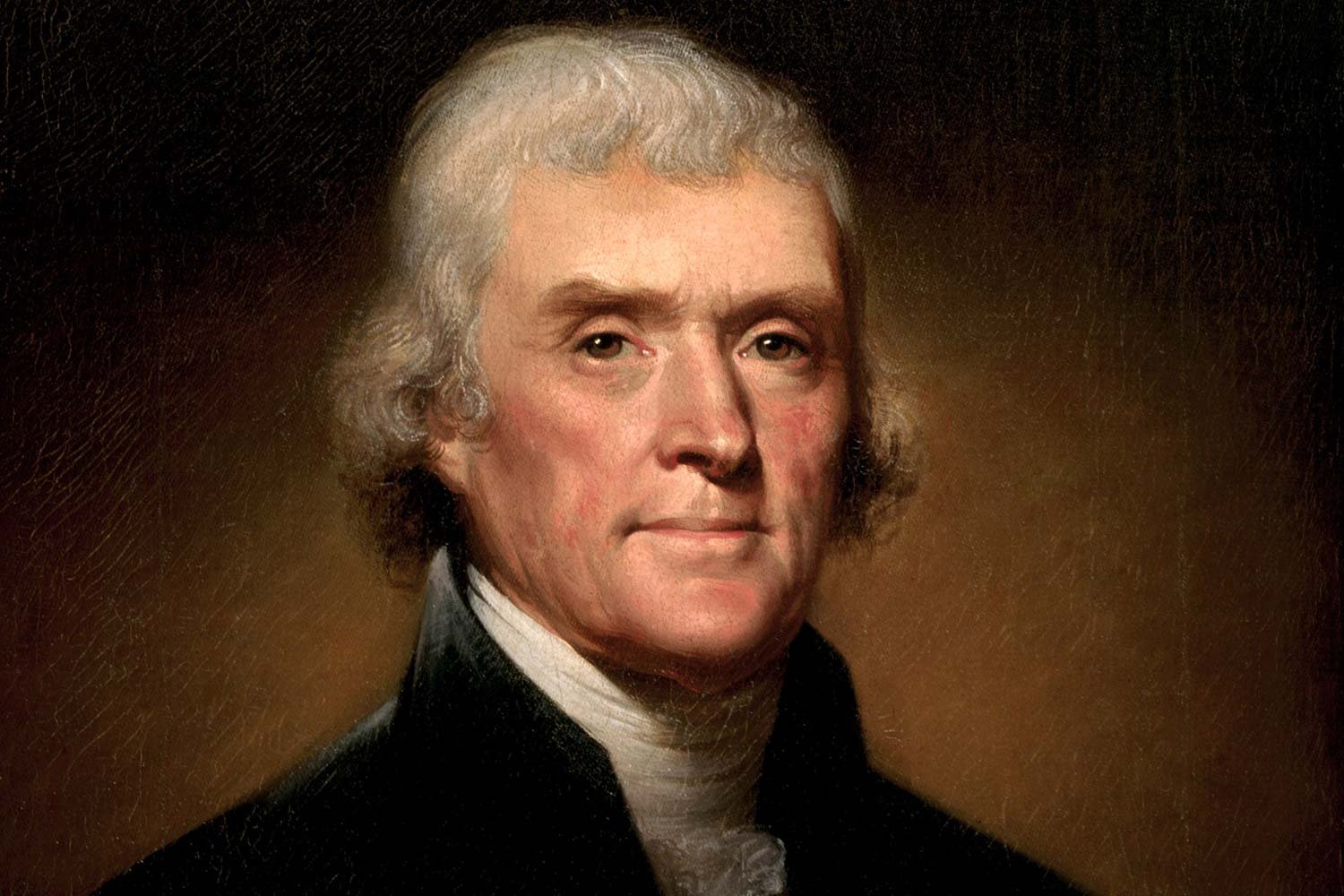
The Kentucky and Virginia Resolutions
In response to the Alien and Sedition Acts passed by the Federalist controlled Congress and signed by President John Adams in July 1798, Democratic-Republicans howled long and loud about the legislation that they viewed as an assault on both their party and the Constitution. They turned to their leader, Vice President Thomas Jefferson, to counter these Acts and, if possible, use them to their political advantage.
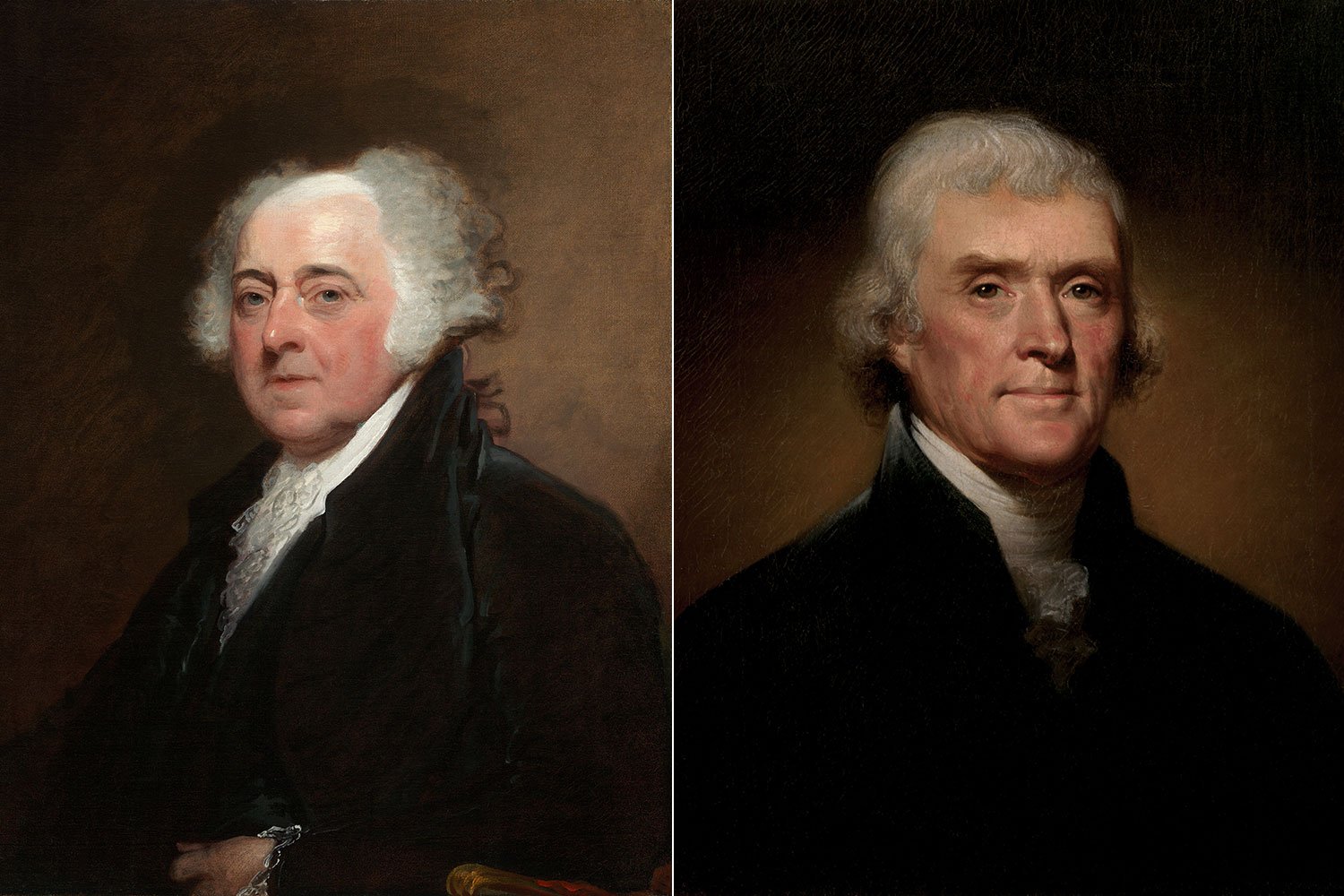
The Election of 1796
After serving two terms as President, George Washington decided to not seek a third and instead retire from public life. His decision led to the country’s first contested presidential election in the fall of 1796, pitting Thomas Jefferson against Vice President John Adams. Arguably, no presidential election in the history of the United States has ever featured a choice between two such American titans.

Virginia’s House of Burgesses, British America’s First Elected Legislature
The Colony of Virginia was established at Jamestown by the Virginia Company in 1607 as a for-profit venture by its investors. To bring order to the province, Governor George Yeardley created a one-house or unicameral General Assembly on July 30, 1619.




